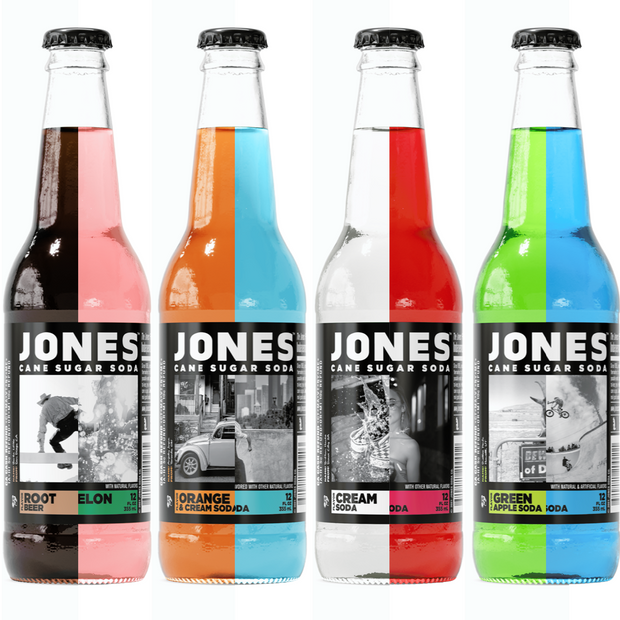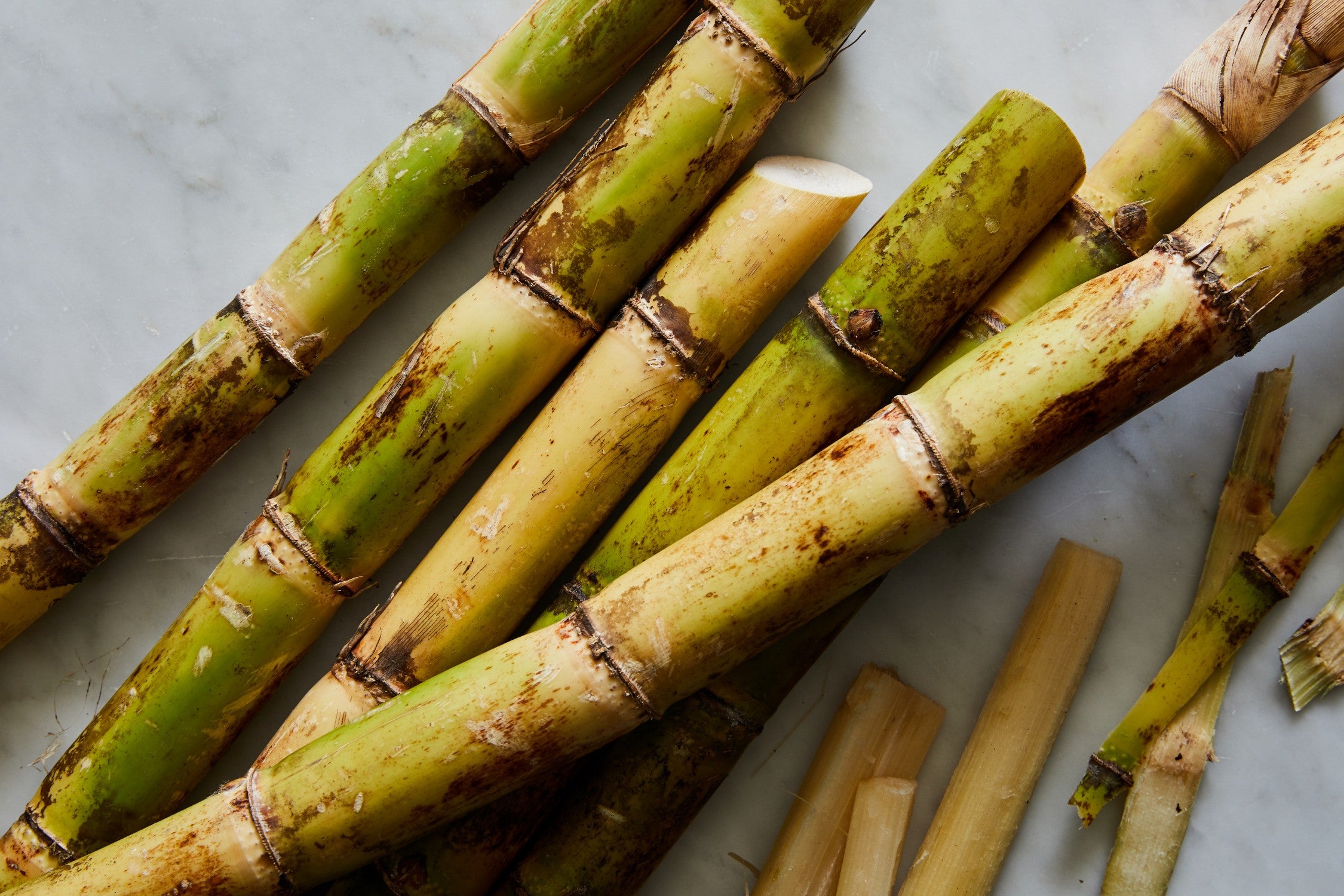Cane Sugar Processing: Conventional Approaches and Modern Innovations
Cane Sugar Processing: Conventional Approaches and Modern Innovations
Blog Article
Discovering the Comprehensive Steps Involved in Walking Stick Sugar Processing From Collecting to Refinement
The process of walking stick sugar manufacturing incorporates a series of elaborate actions, starting with the mindful harvesting of sugarcane and culminating in the refinement phases that make certain the final product satisfies market criteria. Each stage, from the extraction of juice to the purification and condensation procedures, plays a critical role in identifying the top quality and personality of the sugar.
Harvesting Sugarcane
Gathering sugarcane is a critical action in the cane sugar processing chain, as it directly affects the top quality and return of the end product. Proper timing and strategies are important during this phase to ensure optimal sugar web content and decrease losses. Commonly, sugarcane is collected when it gets to maturity, usually 12 to 18 months after planting, identified by a high sucrose focus.
:max_bytes(150000):strip_icc()/ms-sugar-getty-cfed0662acca49f7b6e52c593767dfb9.jpg)
Post-harvest, the sugarcane must be processed swiftly to stop sucrose destruction. Preferably, collected walking cane should be transported to processing facilities within 1 day to maintain sugar quality. Therefore, efficient logistical preparation is important to preserve the stability of the harvested plant throughout the supply chain.
Extraction Process

The smashed cane undergoes a collection of pressing procedures to maximize juice healing. Generally, hot water is splashed onto the crushed walking stick, developing a countercurrent flow that assists dissolve the sugar while additionally helping in the removal procedure. The juice gathered from this operation contains not just sugar yet likewise numerous natural substances and contaminations.

To improve extraction performance, some centers might employ diffusion techniques, where the sugarcane is saturated in warm water, allowing the soluble sugars to diffuse into the liquid. The resulting juice, abundant in sucrose, is after that directed to subsequent processing phases, laying the structure for filtration and improvement. The extraction process is therefore crucial in determining the quality and return of the last sugar item.
Filtration Strategies
The filtration methods used in walking stick sugar handling are necessary for transforming the raw juice right into a premium sugar item. These techniques mostly aim to get rid of pollutants, such as soil, plant materials, and inorganic materials, which can adversely impact the final item's flavor and color.
This process involves including lime and warm to the raw juice, which assists in the coagulation of contaminations. Additionally, the use of phosphoric acid can boost the clarification process by more binding pollutants.
One more considerable strategy is carbonatation, where co2 is introduced to the cleared up juice. This reaction generates calcium carbonate, which captures staying impurities and advertises their removal.
Additionally, triggered carbon therapy might be put on adsorb any type of remaining colorants and natural impurities, making certain a much more polished product. The combination of these approaches successfully prepares the sugar juice for succeeding action in the refining procedure, establishing the stage for the manufacturing of top notch cane sugar.
Formation Methods
After the filtration stage, the next essential step in cane sugar processing entails condensation approaches, which play an essential role in transforming the made clear juice into solid sugar. This procedure generally employs 2 primary approaches: spontaneous formation and controlled formation.
In spontaneous crystallization, supersaturated sugar services are enabled to cool down normally, leading to the formation of sugar crystals in time. This technique is less complex yet may result in uneven crystal sizes and lower purity levels. On the other hand, managed condensation is a much more specific strategy where temperature level, focus, and seeding representatives are thoroughly taken care of. This approach enables the consistent development of sugar crystals and greater pureness.
During condensation, the cleared up juice is focused via dissipation, raising its sugar material until it reaches supersaturation. As soon as this point is attained, either technique can promote the crystallization procedure. Cane Sugar Processing. The resultant sugar crystals are after that separated from the remaining syrup via centrifugation
Inevitably, the option of crystallization approach influences the high quality, size, visit this site and pureness of the final sugar product, making this action crucial in the total walking stick sugar processing procedure.
Improvement and Packaging
Just how can the purity and high quality of cane sugar be additionally enhanced after condensation? The improvement process plays a critical function in attaining premium cane sugar.
Next, the sugar undergoes a process called centrifugation, where it is rotated at broadband to divide the purified sugar crystals from the staying fluid. After centrifugation, the sugar is typically more refined with a method called carbonization or phosphatation, which uses triggered carbon or phosphoric acid to remove color and off-flavors.
When refined, the sugar is dried out to Discover More attain the desired moisture web content, ensuring that it remains steady throughout storage space and transportation. The final action entails packaging the refined sugar in moisture-proof and airtight containers to maintain its quality and protect against contamination. Cane Sugar Processing. Correct product packaging not just extends shelf life but also helps with simple handling and circulation, making sure that customers get sugar that satisfies the greatest requirements of pureness and high quality
Final Thought
The detailed steps included in walking stick sugar processing, from the precise harvesting of sugarcane to the elaborate refinement and product packaging phases, emphasize the relevance of each stage in making sure top notch sugar manufacturing. Ideal harvesting methods, efficient extraction methods, and rigorous filtration procedures jointly add to the final product's pureness and security. The formation and subsequent product packaging methods further enhance the stability and shelf life of the sugar, highlighting the intricacy and precision fundamental in this vital agricultural sector.
The procedure of walking stick sugar production incorporates a series of intricate actions, beginning with the careful harvesting of sugarcane and finishing in the refinement phases that make sure the final item satisfies industry requirements. Ideally, collected walking cane ought to be transported to refining facilities within 24 hours to preserve sugar high quality.In spontaneous condensation, supersaturated sugar solutions are enabled to cool normally, leading to the Discover More Here formation of sugar crystals over time - Cane Sugar Processing. The improvement process plays an important role in attaining premium cane sugar.The thorough actions involved in walking stick sugar processing, from the thorough harvesting of sugarcane to the elaborate improvement and packaging phases, highlight the importance of each phase in guaranteeing top quality sugar production
Report this page